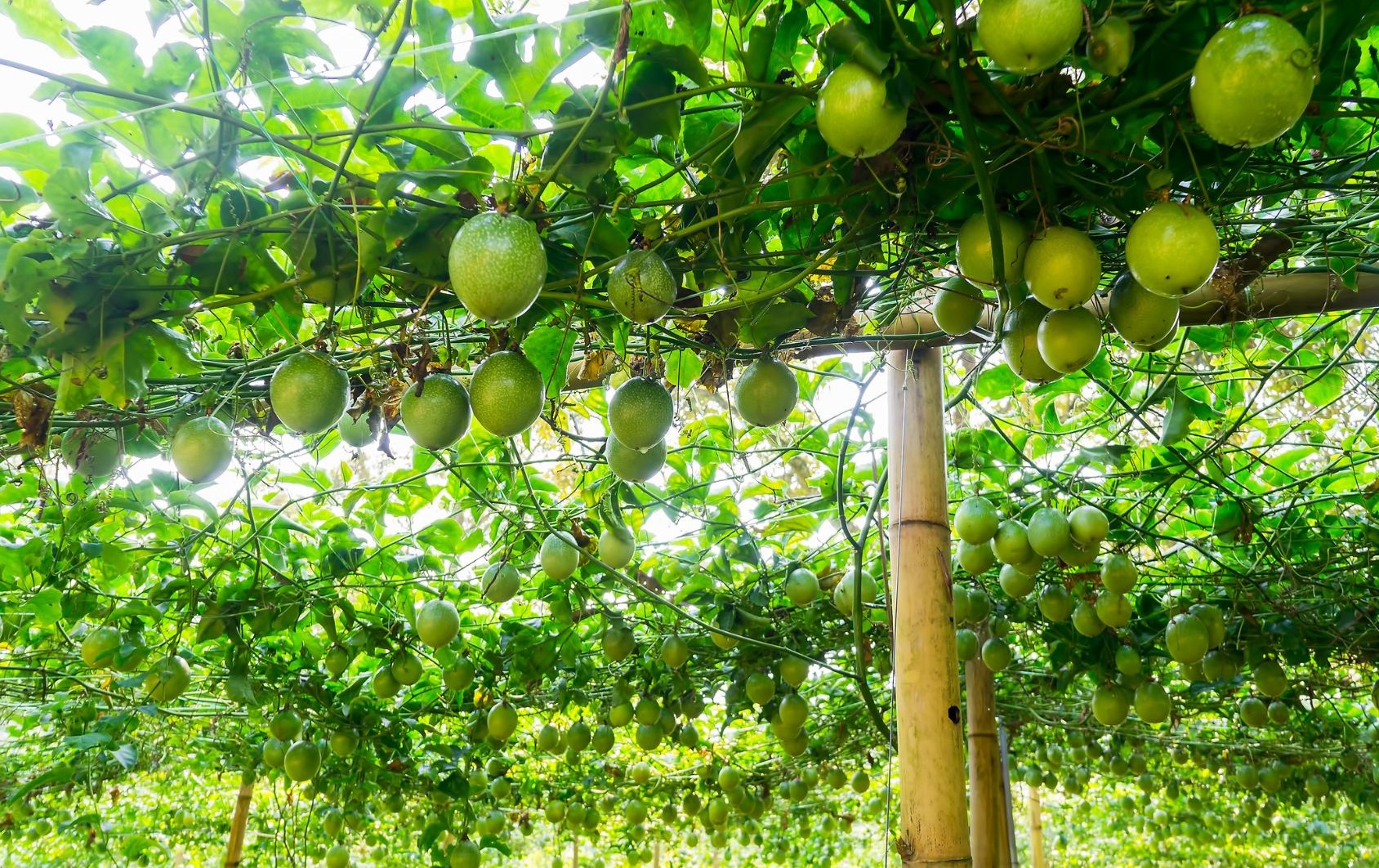Passion fruit vines are a rewarding addition to any garden, offering delicious, exotic fruit and beautiful, intricate flowers. However, to reap the full benefits of these vines, proper care is essential.
Planting Your Passion Fruit Vine
The first step to growing a healthy passion fruit vine is to choose the right planting location. Passion fruit vines thrive in warm, sunny climates with well-draining soil. They prefer full sun but can tolerate some partial shade. When planting, ensure the soil is well-prepared and amended with compost or other organic matter to improve its fertility and drainage.
Training and Support
Passion fruit vines are vigorous climbers and require sturdy support structures to grow. You can use a trellis, fence, or arbor to provide support for your vine. As the vine grows, train it along the support structure to encourage healthy growth and maximize fruit production. Regularly prune the vine to remove dead or damaged branches and to maintain its shape.
Watering Your Passion Fruit Vine
Proper watering is crucial for the health and productivity of your passion fruit vine. While young vines require regular watering, established vines are more drought-tolerant. However, during dry periods, it is essential to provide additional water to prevent stress and maintain optimal fruit production. Avoid overwatering, as this can lead to root rot.
Fertilizing Your Passion Fruit Vine

Passion fruit vines are heavy feeders and benefit from regular fertilization. Apply a balanced fertilizer, such as a 10-10-10 formula, every 4-6 weeks during the growing season. You can also use a slow-release fertilizer to provide a steady supply of nutrients throughout the year.
Pollination and Fruiting
Passion fruit vines are self-pollinating, but hand pollination can increase fruit set. To hand-pollinate, gently transfer pollen from the anthers of one flower to the stigma of another flower using a small brush or cotton swab.
Once pollinated, the flowers will develop into fruits. Passion fruit typically matures within 2-3 months after pollination. When the fruit reaches its full size and turns a deep purple or yellow color, it is ready to harvest.
Common Pests and Diseases
Passion fruit vines are susceptible to a variety of pests and diseases, including aphids, whiteflies, and powdery mildew. To prevent and control these problems, monitor your vines regularly and take action at the first sign of infestation. You can use organic insecticides or fungicides to treat pests and diseases.
Winter Care

In regions with cold winters, passion fruit vines may require winter protection. To protect your vine from frost damage, cover it with a frost cloth or burlap. You can also prune the vine back to encourage new growth in the spring.
By following these care tips, you can enjoy a bountiful harvest of delicious passion fruit from your own vine.

